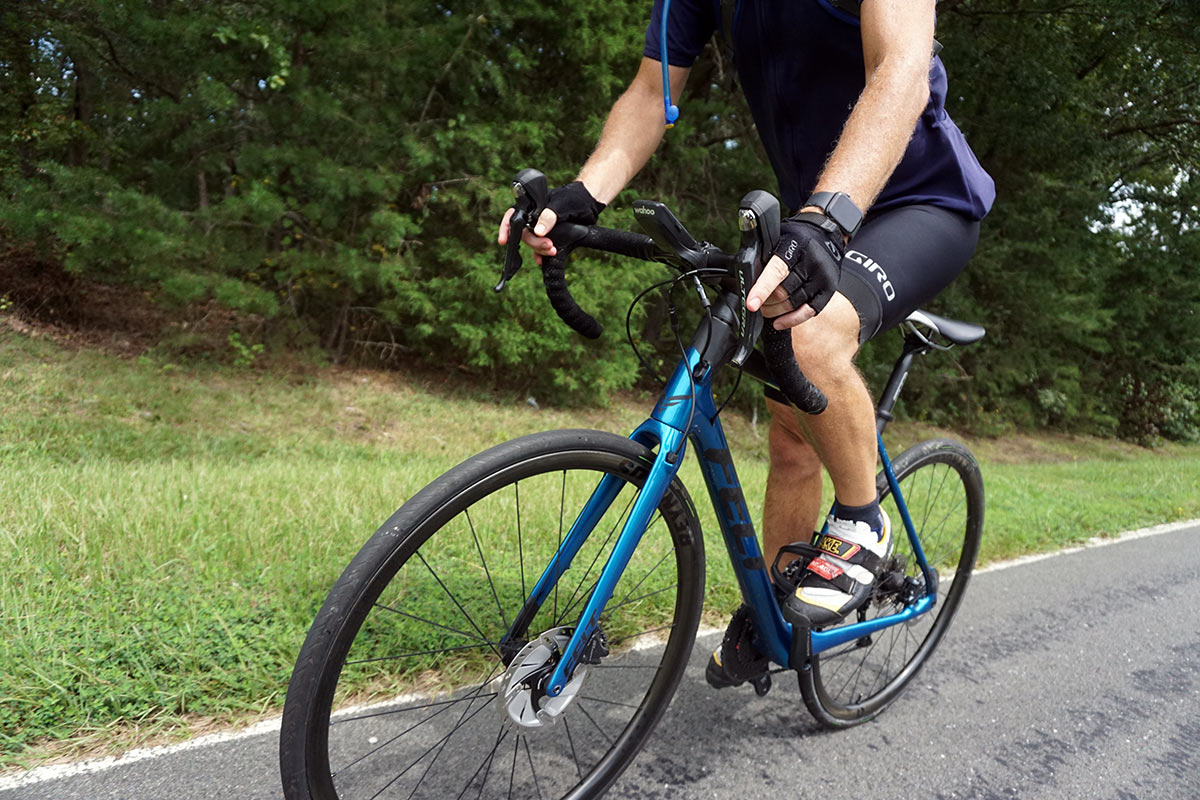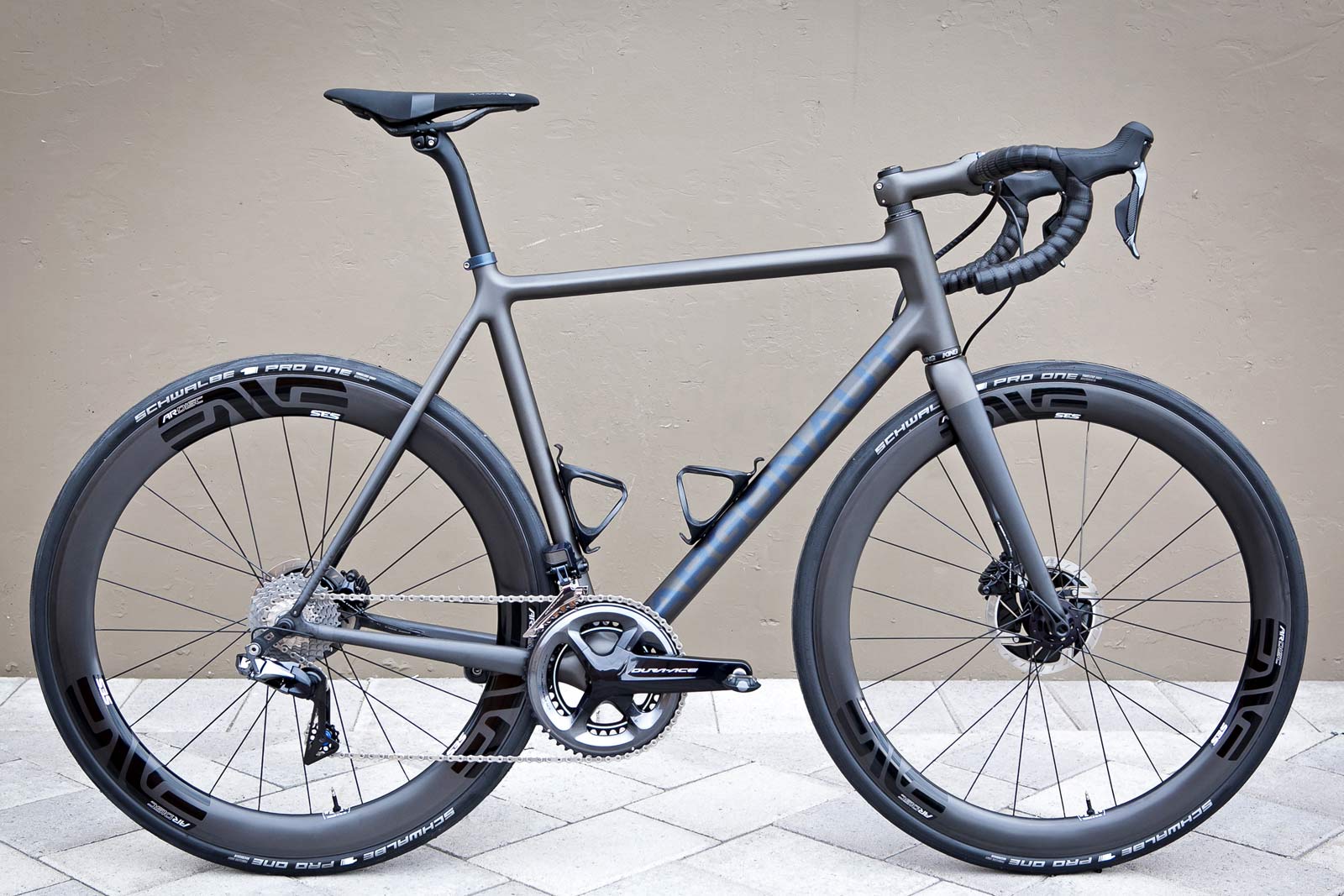We know, there’s no such thing as a stupid question. But there are some questions you might not want to ask your local shop or riding buddies. AASQ is our weekly series where we get to the bottom of your questions – serious or otherwise. Hit the link at the bottom of the post to submit your own question.
This week we’re turing our attention to the asphalt, looking at why road bikes with rim brakes and thru-axle wheels are a rather uncommon sight. To tackle the question, we have experts from Felt Bicycles and Argonaut Cycles. They are:
- Jeremiah Smith, Engineering Manager at Felt Bicycles
- Ben Farver, Owner of Argonaut Cycles
Why can’t I have a road bike with rim brakes AND thru axle wheels?
Felt: Another way to consider this question would be to ask, “Why do road bikes have disc brakes and thru-axles”? There is no technical reason why they could not have rim brakes and thru-axles or, alternatively, disc brakes and quick releases. Disc brakes with quick releases were utilized on mountain bikes for quite a few years. The push for disc brakes on road bikes came around the same time that mountain bikes were moving away from quick releases and to the 142×12 thru-axle standard. Thru-axles were developed for mountain bikes, as quick releases did not offer a stiff enough interface between the wheel and frame, especially on full-suspension mountain bikes.
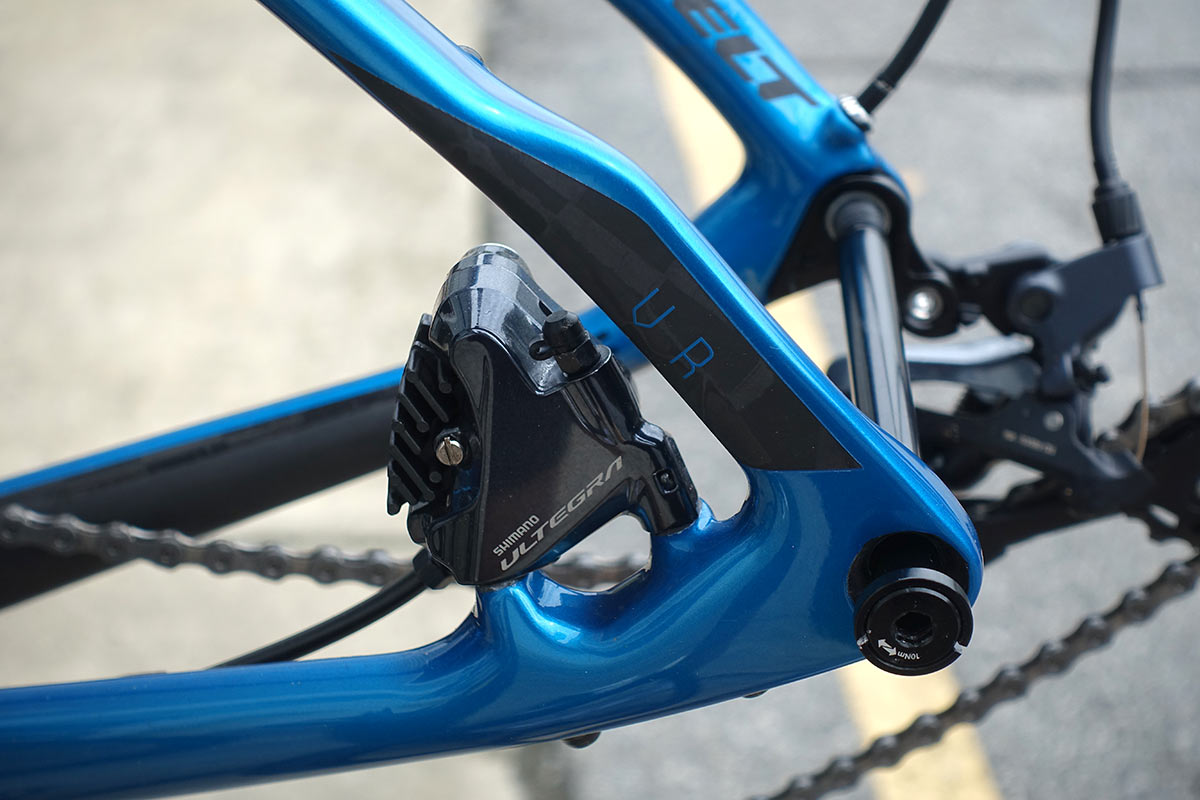
Road bikes traditionally used 130 OLD (the distance between the inside faces of the dropouts, sometimes referred to as “spacing”) quick release hubs, while mountain bikes had used 135 quick release hubs. While there were some rare 130 disc hubs that were made for some early disc road and cyclocross bikes, they were not ideal. Because the disc brake mounting flange occupies a substantial area, the spoke flange has to move towards the center of the hub, which decreases the spoke angle and the strength of the wheel. The 135 OLD width hubs are wide enough to support a disc brake flange and still maintain acceptable spoke angles. (Note that 142×12 is the same 135 OLD width hub with different end caps for thru-axles.)
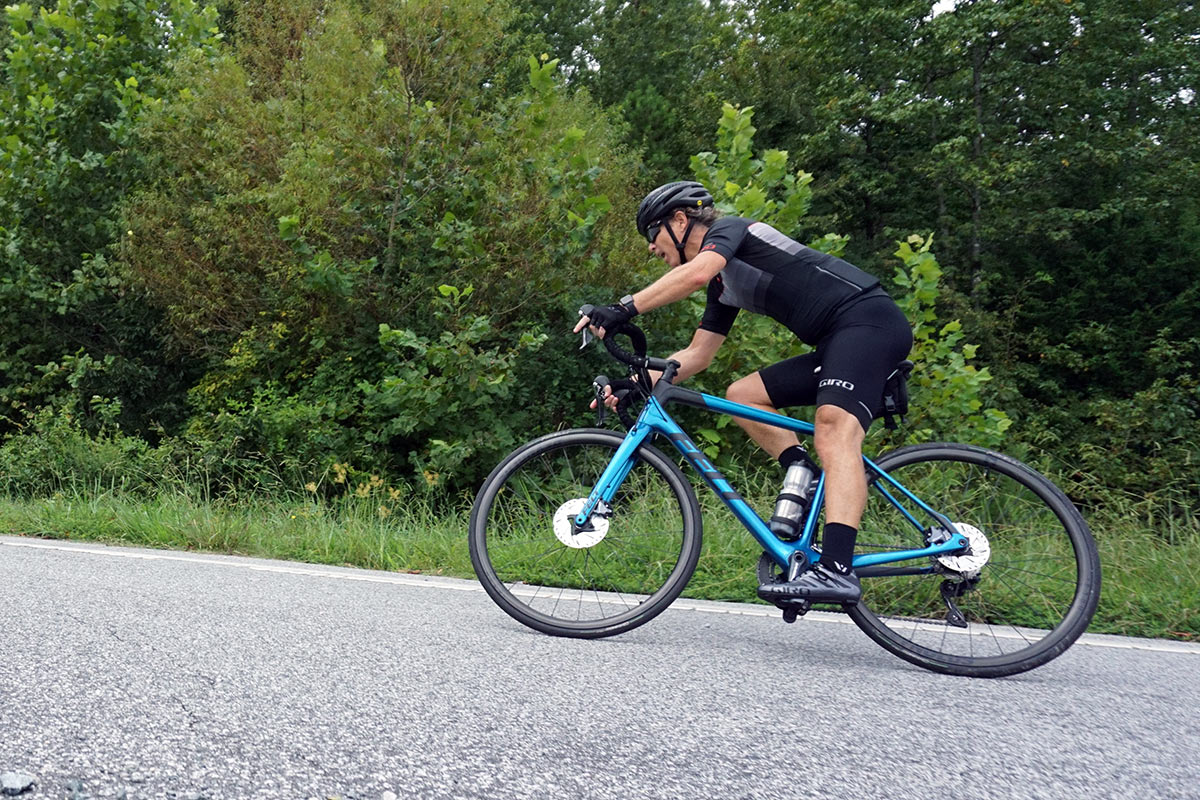
Road bikes could have moved to 135 quick release hubs, but because mountain bikes were already moving to thru-axles and all of the manufacturers were gearing up for that, we got 142×12 as the standard for all road and cyclocross bikes. While wheel changes aren’t quite as fast with thru-axles, they offer a much more robust connection between the frame and wheel.
So, back to the original question. “Why can’t I have a road bike with rim brakes and thru-axle wheels?” As I explained above, it is partially about timing and functionality. The timing part is that the push of disc brake-equipped road bikes came at a time when mountain bikes had, for the most part, moved to 142×12. Because it was an existing functional standard it was just adopted for disc brake-equipped road bikes. The functionality issue is that thru-axles never offered a significant enough advantage for road bikes on their own to cause the industry to move to it. The change had to come along with disc brakes as the primary driver.
Argonaut: From a performance standpoint there’s no reason you can’t run a thru-axle on a rim brake bike. It’s not like the axle interface would impede rim braking performance. In fact, it would likely be a big improvement.
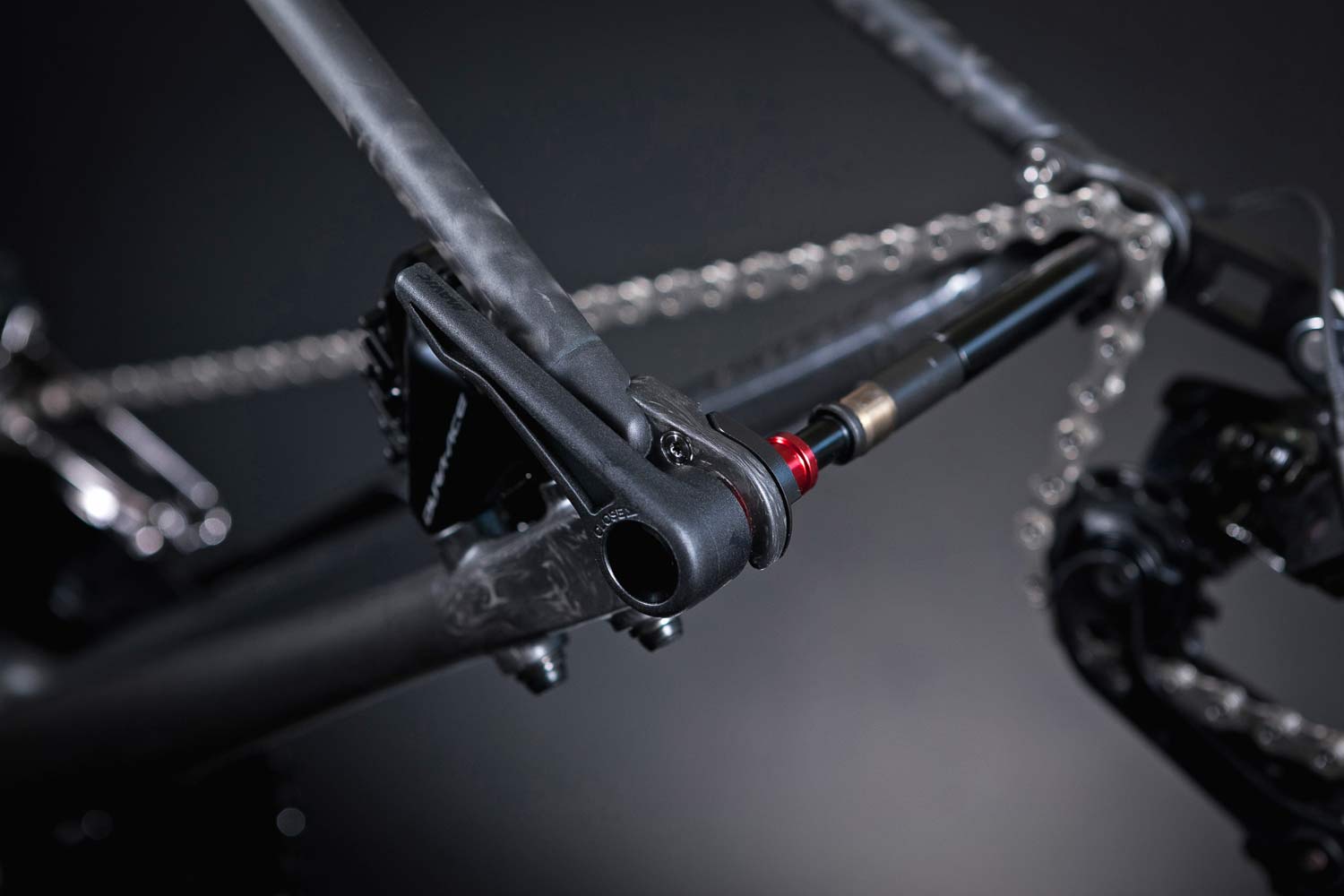
But, no one makes a thru-axle, rim brake hub, that I know of anyway. I’m not sure if DT-Swiss end caps are swappable between their TA disc hubs and rim brake hubs, but I don’t think so. That being said, I can’t think of a reason you couldn’t build up a rim brake rim around a disc brake hub. You would have a rotor interface hanging out not being used that would be a little weird, but that would hurt anything.
You’d need a custom fork, though, maybe Wound Up would make one for you? The rear spacing is easier, but again, you’d need a custom frame that could take a 142mm x 12mm thru-axle. I bet Aaron at Mosaic would build you one! Haha. Where there’s a will, there’s always a way.
Got a question of your own? Click here to use the Ask A Stupid Question form to submit questions on any cycling-related topic of your choice, and we’ll get the experts to answer them for you!

